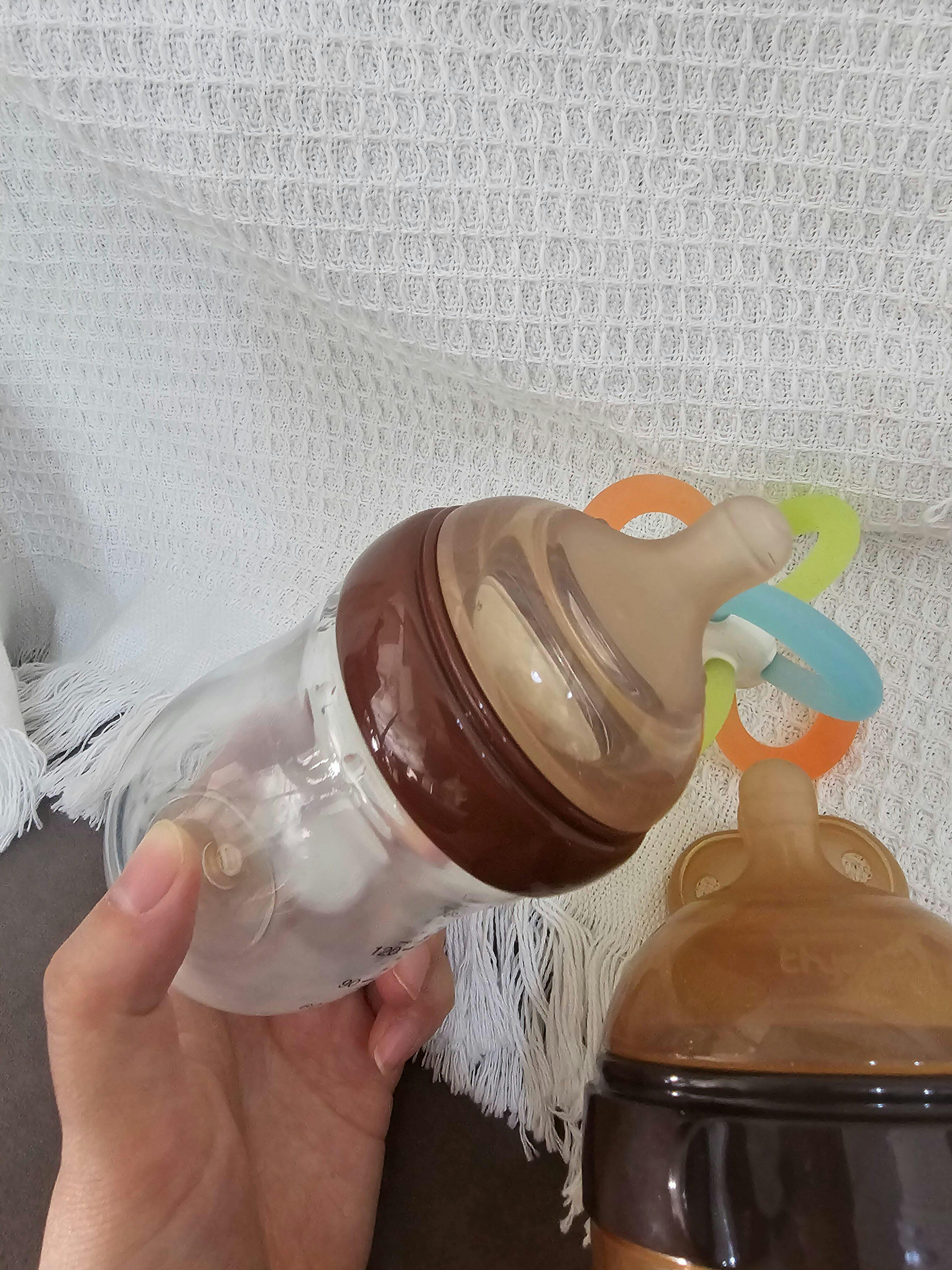Unlock the Secret to Choosing the Perfect Baby Bottle: What Every Parent Needs to Know!
Choosing the right baby bottle is a crucial decision for new parents, as it can significantly impact a child's feeding experience. Among the various options available, glass bottles stand out for their numerous advantages over plastic alternatives. Health concerns regarding chemicals leaching from plastic containers have led many parents to seek safer options for their little ones. Glass bottles are not only free from harmful substances but also provide a clean and pure taste for babies, making them a popular choice. Moreover, glass bottles offer durability and can be recycled, presenting a more environmentally friendly option. In this article, we will explore the benefits of baby glass bottles, essential features to consider, and compare different types to help you make an informed choice for your baby's feeding needs.

The Benefits of Baby Glass Bottles
One of the primary advantages of using baby glass bottles is their durability. Unlike plastic bottles that can warp or scratch over time, glass bottles are robust and can withstand daily use without degrading. This durability translates to a longer lifespan, making them a more economical choice in the long run. Another significant benefit is safety; glass is non-toxic and does not contain harmful chemicals, such as BPA, which can be found in some plastics. Parents can rest easy knowing that their baby's food or milk isn't being contaminated by potentially harmful substances. Additionally, glass bottles are easier to clean and sanitize as they can be safely washed in the dishwasher or sterilized without worry of damaging the material. From an environmental perspective, glass bottles are recyclable and reduce plastic waste, contributing to a healthier planet for future generations. Overall, glass bottles offer a combination of safety, durability, and eco-friendliness that many parents find appealing.
Key Features to Consider When Choosing Baby Glass Bottles
When selecting baby glass bottles, several key features should be considered to ensure they meet your family's needs. First, the size of the bottle is important; newborns typically require smaller bottles, while older infants may benefit from larger capacities. It's also essential to consider nipple types, as babies have different preferences. Some may prefer a slow-flow nipple, while others may adapt better to a faster flow. Additionally, compatibility with sterilizers is a crucial factor, especially for parents who prioritize hygiene. Many glass bottles are designed to fit standard sterilization equipment, but it's wise to confirm this before making a purchase. The weight of the bottle is another feature to keep in mind; while glass bottles can be heavier than plastic ones, some parents prefer a lighter design that is easier for little hands to hold. Lastly, look for bottles with silicone sleeves or protective cases that can prevent breakage and provide a better grip. By taking these features into account, parents can select the perfect glass bottle that suits their baby's unique feeding needs.
Comparing Different Types of Baby Glass Bottles
Baby glass bottles come in various styles, each designed to cater to different feeding preferences. One of the most significant distinctions is between wide-neck and narrow-neck bottles. Wide-neck bottles are often easier to fill, clean, and are designed to accommodate a baby's natural latch, making them an excellent choice for breastfeeding mothers. On the other hand, narrow-neck bottles are typically more compact and easier to store, which can benefit parents who are always on the go. Additionally, some bottles feature angled designs that promote a more ergonomic feeding position, reducing the risk of air swallowing, which can lead to gas and discomfort for the baby. Another consideration is the bottle's flow rate, which can vary depending on the nipple used. Some parents find that their baby prefers a specific style or flow rate, so it may take some experimentation to find the right fit. By understanding the differences between these types of glass bottles, parents can select the best option for their baby's feeding habits.
Popular Brands and Their Unique Offerings
While specific brand names cannot be mentioned, various manufacturers offer innovative designs and unique features in their glass baby bottles. Many brands focus on ergonomic designs that promote a natural feeding experience, making it easier for babies to transition between breastfeeding and bottle-feeding. Some bottles come with built-in temperature indicators that change color to signal the milk's temperature, ensuring that parents can serve milk at the perfect warmth. Other brands prioritize customizable options, offering a range of nipple shapes and sizes to cater to individual baby preferences. Additionally, some manufacturers have developed glass bottles with silicone sleeves that provide extra grip and protection against breakage. These innovations enhance the overall functionality of glass bottles and cater to the diverse needs of parents and their babies. By examining these unique offerings, parents can identify which features resonate most with their family’s lifestyle and preferences.
Making an Informed Choice for Your Baby's Feeding Needs
In summary, choosing the right glass baby bottle is essential for ensuring a safe and enjoyable feeding experience for your little one. With the myriad benefits such as safety, durability, and environmental consciousness, glass bottles present an excellent option for parents. By considering key features, comparing different types, and exploring various offerings from manufacturers, parents can make an informed decision tailored to their specific needs. Ultimately, finding the right baby bottle can enhance the feeding journey for both parents and babies, paving the way for happy mealtime moments. Remember, investing in quality glass bottles today can lead to a healthier tomorrow for your baby and the planet.











Comments